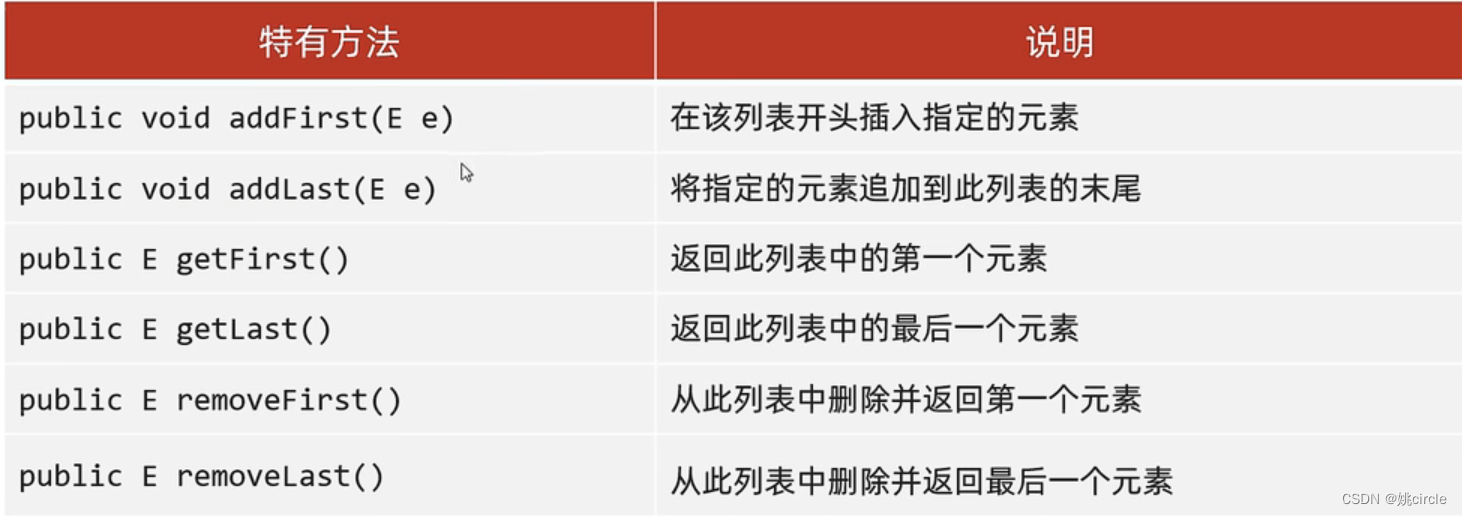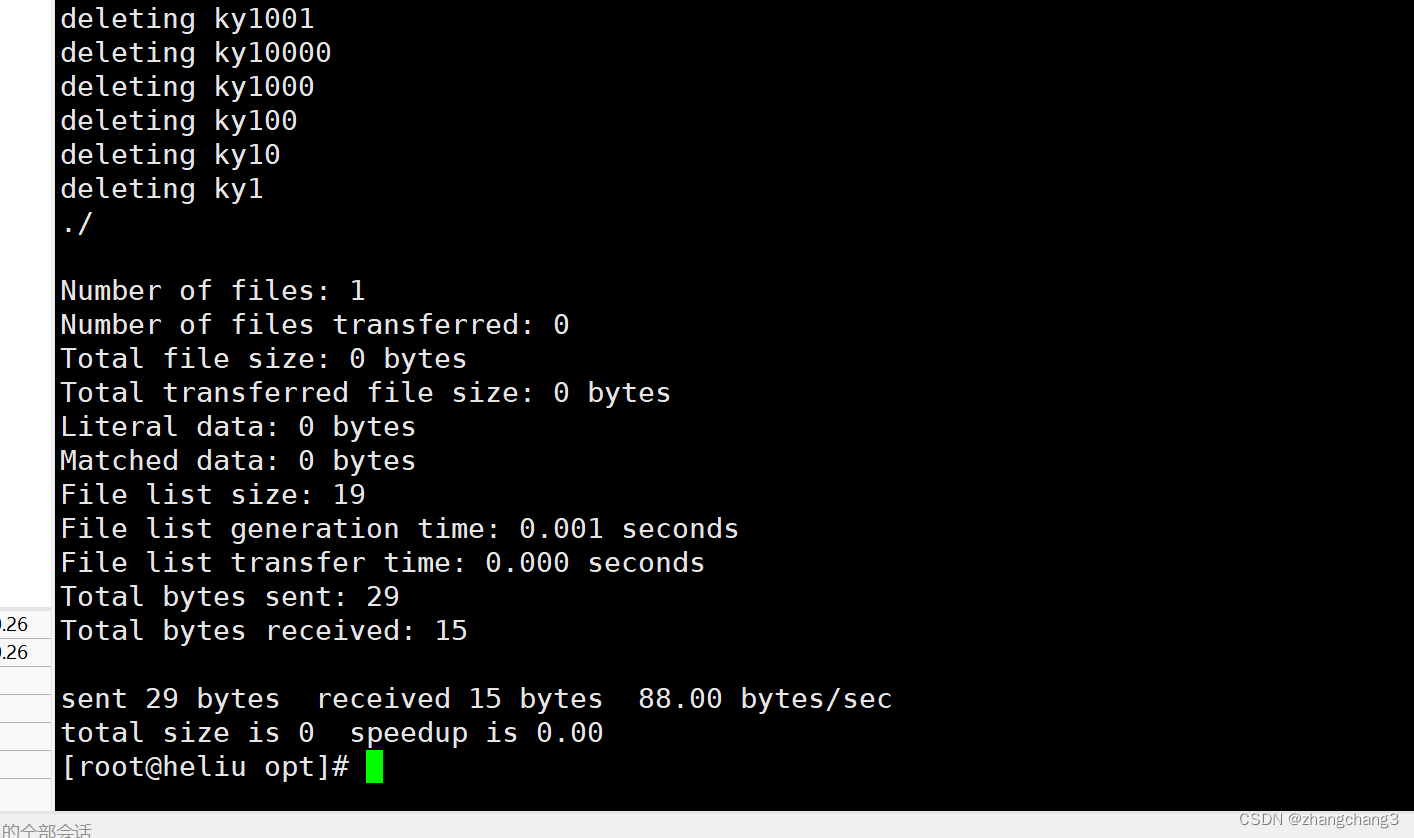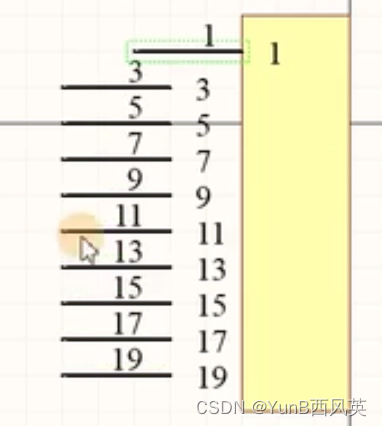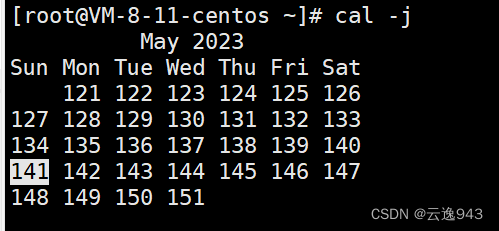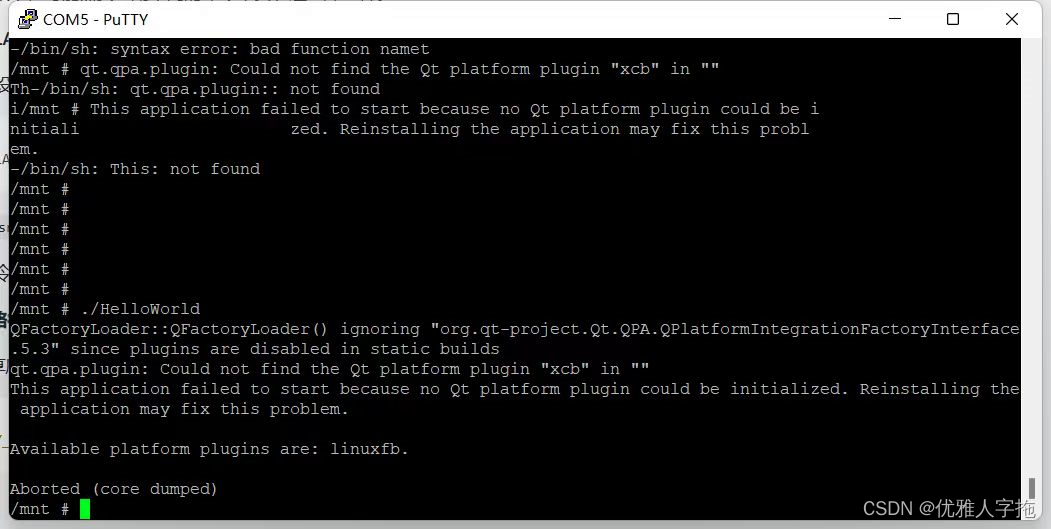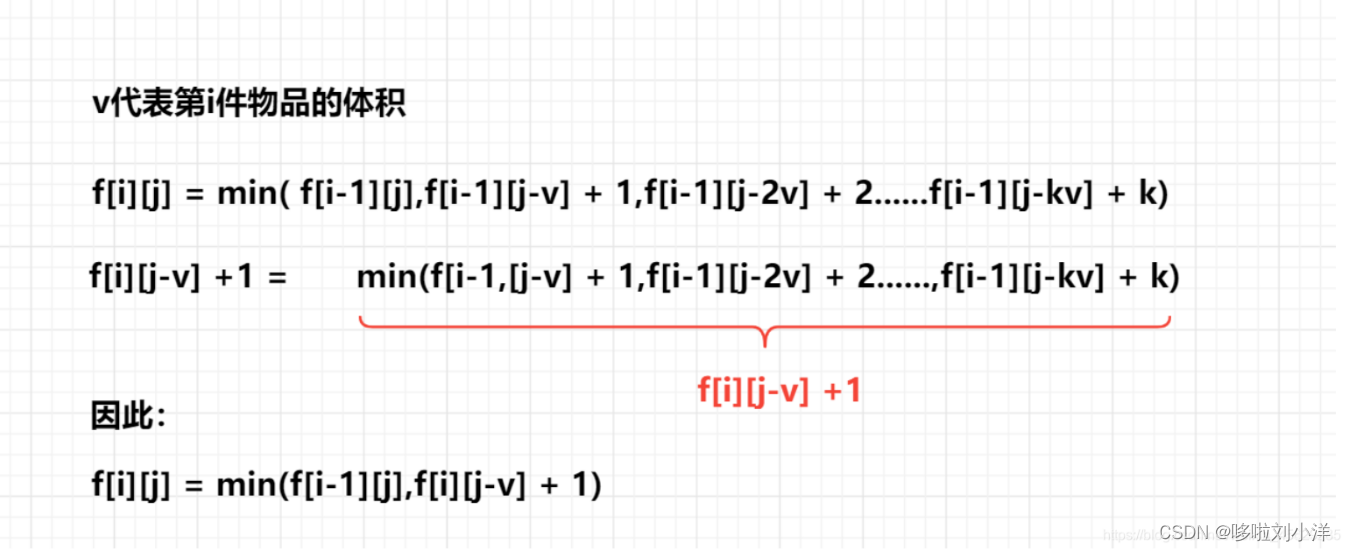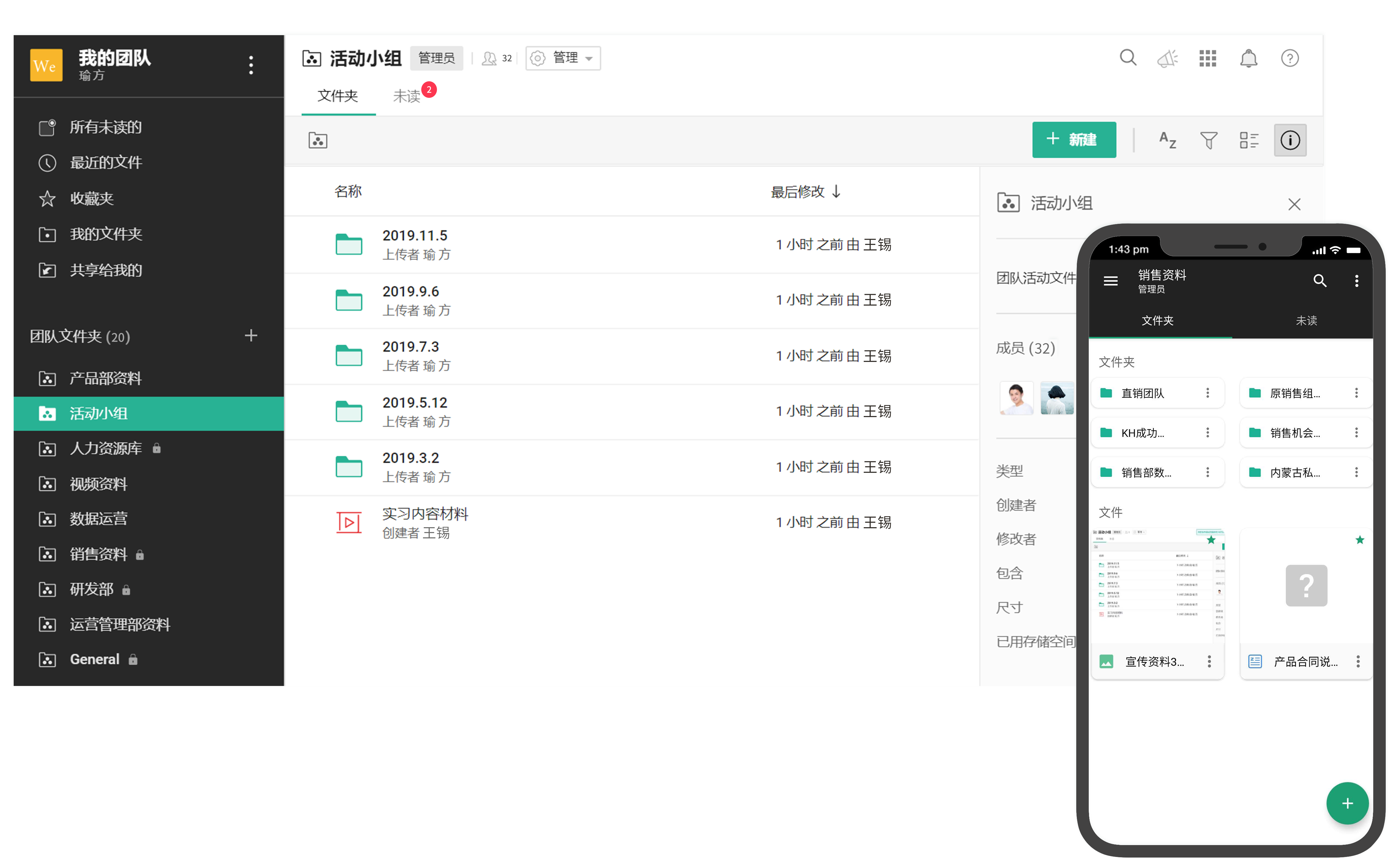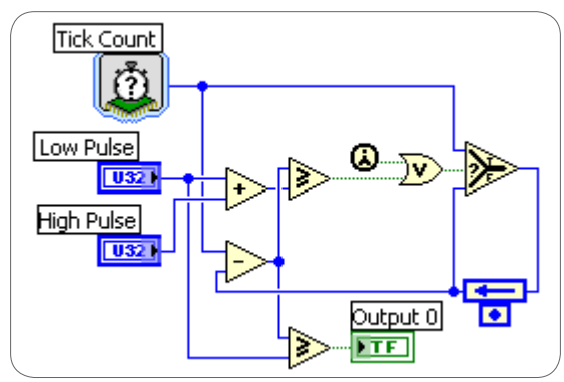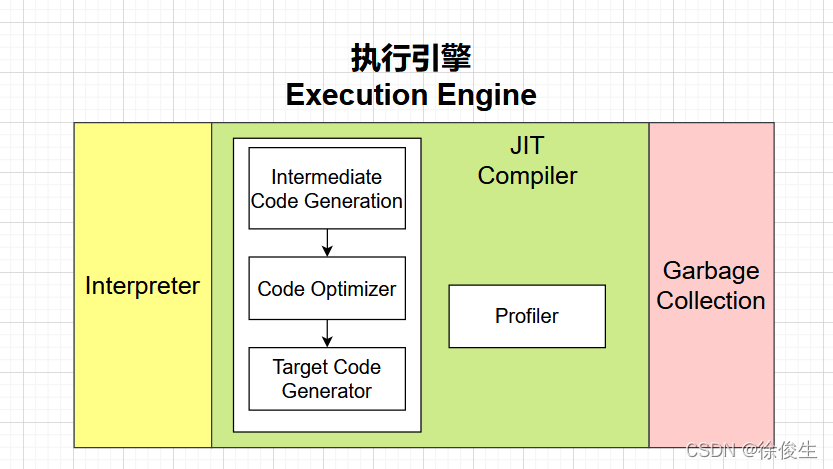
项目的结构:1.通过Nginx首先把访问首页的请求发送到前端web服务器,2.web服务器会根据请求的url中的一些细节,来把相关的请求发送到相关的服务器中,3.相关的服务器会处理业务,并且返回结果到web服务器中,最后在web服务器中去显示。
步骤:
01.在Nginx中配置首页的web服务器:(因为域名之前在hosts文件中已经配置过了,所以这次就没有配置hosts文件)
首页的配置服务器如下:
#配置前台管理服务器
server {
listen 80;
server_name www.jt.com;
location / {
#实现http请求的转发
proxy_pass http://localhost:8092;
}
}
02.在总项目jt中去再次声明一个新的子系统web服务器,专门用来处理web请求,并进行相关的分类转发。
第一步:先创建一个新的maven module

第二步:
写出相关项目的名称 web
打包方式是war,因为有静态资源需要管理。


第三步:在新创建的web项目中添加相关依赖:
添加总项目的common依赖,可以使用common中的工具包
<dependencies>
<dependency>
<groupId>com.jt</groupId>
<artifactId>jt-common</artifactId>
<version>0.0.1-SNAPSHOT</version>
</dependency>
</dependencies>
插件:
<build>
<plugins>
<!--跳过测试类打包 -->
<plugin>
<groupId>org.apache.maven.plugins</groupId>
<artifactId>maven-surefire-plugin</artifactId>
<configuration>
<skip>true</skip>
</configuration>
</plugin>
<plugin>
<groupId>org.springframework.boot</groupId>
<artifactId>spring-boot-maven-plugin</artifactId>
</plugin>
</plugins>
</build>
02.配置伪静态html页面:
以京东为例,京东的主页面有很多的html文件。但是这样子的html文件都是伪静态的html,本质上不是html文件,是开发人员为了好看做的修饰。
伪静态是相对真实静态来讲的,通常我们为了增强搜索引擎的友好面,都将文章内容生成静态页
面,但是有时为了实时的显示一些信息,或者还想运用动态脚本解决一些问题,不能用静态的方式来展示网站内容。这就损失了对搜索引擎的友好面。怎么样在两者之间找个中间方法呢,这就产生了伪静态技术。伪静态技术是指展示出来的是以html一类的静态页面形式,但其实是用ASP一类的动态脚本来处理的。
总结: 以html结尾展现的动态页面。
配置一个专门的类,用来修饰伪静态html文件。
@Configuration
public class MvcConfigurer implements WebMvcConfigurer{
//开启匹配后缀型配置 后缀任意.
@Override
public void configurePathMatch(PathMatchConfigurer configurer) {
configurer.setUseSuffixPatternMatch(true);
}
}
03.使用httpclient来实现服务器与服务器之间的通信
HTTP 协议是现在 Internet 上使用得最多、最重要的协议,越来越多的 Java 应用程序需要直接通过HTTP 协议来访问网络资源。虽然在 JDK 的 java net包中已经提供了访问 HTTP 协议的基本功能,但是
对于大部分应用程序来说,JDK 库本身提供的功能还不够丰富和灵活。HttpClient 是 Apache JakartaCommon 下的子项目,用来提供高效的、最新的、功能丰富的支持 HTTP 协议的客户端编程工具包,并且它支持 HTTP 协议最新的版本和建议。HttpClient 已经应用在很多的项目中,比如 Apache Jakarta 上很著名的另外两个开源项目 Cactus 和 HTMLUnit 都使用了 HttpClient。现在HttpClient最新版本为HttpClient 4.5.6(2015-09-11)。
以下列出的是 HttpClient 提供的主要的功能,要知道更多详细的功能可以参见 HttpClient 的主页。
(1)实现了所有 HTTP 的方法(GET,POST,PUT,Delete 等)
(2)支持自动转向
(3)支持 HTTPS 协议
(4)支持代理服务器等
第一步:导入依赖jar包
<!--添加httpClient jar包 -->
<dependency>
<groupId>org.apache.httpcomponents</groupId>
<artifactId>httpclient</artifactId>
</dependency
第二步:测试入门案例
@Test
public void doGet() throws ClientProtocolException, IOException {
HttpClient httpClient = HttpClients.createDefault();
String url = "http://www.baidu.com";
HttpGet get = new HttpGet(url);
HttpResponse response = httpClient.execute(get);
if(200 == response.getStatusLine().getStatusCode()) {
System.out.println("请求正确!!!!!!");
// HttpEntity封装返回值信息
HttpEntity entity = response.getEntity();
//将entity中携带的信息转化为字符串
String result = EntityUtils.toString(entity,"utf-8");
System.out.println(result);
}else {
System.out.println("请求异常!!!!!");
}
}
第三步:封装需要使用到的对象,三个工具类
HttpClientService:封装服务器之间通信的方法,get,post,其中就包括返回结果的状态state
package com.jt.util;
import java.io.IOException;
import java.io.UnsupportedEncodingException;
import java.util.ArrayList;
import java.util.List;
import java.util.Map;
import org.apache.http.NameValuePair;
import org.apache.http.client.config.RequestConfig;
import org.apache.http.client.entity.UrlEncodedFormEntity;
import org.apache.http.client.methods.CloseableHttpResponse;
import org.apache.http.client.methods.HttpGet;
import org.apache.http.client.methods.HttpPost;
import org.apache.http.client.utils.URIBuilder;
import org.apache.http.impl.client.CloseableHttpClient;
import org.apache.http.message.BasicNameValuePair;
import org.apache.http.util.EntityUtils;
import org.springframework.beans.factory.annotation.Autowired;
import org.springframework.stereotype.Service;
import org.springframework.util.StringUtils;
@Service
public class HttpClientService {
@Autowired
private CloseableHttpClient httpClient;
@Autowired
private RequestConfig requestConfig;
public String doGet(String url,Map<String,String> params,String charset){
String result = null;
//1.判断字符集编码是否为空 如果为空则给定默认值utf-8
if(StringUtils.isEmpty(charset)){
charset = "UTF-8";
}
//2.判断用户是否需要传递参数
if(params != null){
try {
URIBuilder uriBuilder = new URIBuilder(url);
for (Map.Entry<String,String> entry : params.entrySet()) {
uriBuilder.addParameter(entry.getKey(), entry.getValue());
}
//url?id=1&name=tom
url = uriBuilder.build().toString();
} catch (Exception e) {
e.printStackTrace();
}
}
//3.定义参数提交对象
HttpGet get = new HttpGet(url);
//4.为请求设定超时时间
get.setConfig(requestConfig);
//5.通过httpClient发送请求
try {
CloseableHttpResponse response =
httpClient.execute(get);
if(response.getStatusLine().getStatusCode() == 200){
//表示程序调用成功
result = EntityUtils.toString(response.getEntity(),charset);
}else{
System.out.println("调用异常:状态信息:"+response.getStatusLine().getStatusCode());
throw new RuntimeException();
}
} catch (Exception e) {
e.printStackTrace();
}
return result;
}
public String doGet(String url){
return doGet(url, null, null);
}
public String doGet(String url,Map<String,String> params){
return doGet(url, params, null);
}
public String doGet(String url,String charset){
return doGet(url, null, charset);
}
//实现httpClient POST提交
public String doPost(String url,Map<String,String> params,String charset){
String result = null;
//1.定义请求类型
HttpPost post = new HttpPost(url);
post.setConfig(requestConfig); //定义超时时间
//2.判断字符集是否为null
if(StringUtils.isEmpty(charset)){
charset = "UTF-8";
}
//3.判断用户是否传递参数
if(params !=null){
//3.2准备List集合信息
List<NameValuePair> parameters =
new ArrayList<>();
//3.3将数据封装到List集合中
for (Map.Entry<String,String> entry : params.entrySet()) {
parameters.add(new BasicNameValuePair(entry.getKey(), entry.getValue()));
}
//3.1模拟表单提交
try {
UrlEncodedFormEntity formEntity =
new UrlEncodedFormEntity(parameters,charset); //采用u8编码
//3.4将实体对象封装到请求对象中
post.setEntity(formEntity);
} catch (UnsupportedEncodingException e) {
e.printStackTrace();
}
}
//4.发送请求
try {
CloseableHttpResponse response =
httpClient.execute(post);
//4.1判断返回值状态
if(response.getStatusLine().getStatusCode() == 200) {
//4.2表示请求成功
result = EntityUtils.toString(response.getEntity(),charset);
}else{
System.out.println("获取状态码信息:"+response.getStatusLine().getStatusCode());
throw new RuntimeException();
}
} catch (IOException e) {
// TODO Auto-generated catch block
e.printStackTrace();
}
return result;
}
public String doPost(String url){
return doPost(url, null, null);
}
public String doPost(String url,Map<String,String> params){
return doPost(url, params, null);
}
public String doPost(String url,String charset){
return doPost(url, null, charset);
}
}
HttpClientConfig ,这里获取到上文提到案例中的CloseableHttpClient 对象,使用注解@Bean来将对象的管理权限交给spring容器进行管理。
package com.jt.config;
import org.apache.http.client.config.RequestConfig;
import org.apache.http.impl.client.CloseableHttpClient;
import org.apache.http.impl.client.HttpClientBuilder;
import org.apache.http.impl.conn.PoolingHttpClientConnectionManager;
import org.springframework.beans.factory.annotation.Qualifier;
import org.springframework.beans.factory.annotation.Value;
import org.springframework.context.annotation.Bean;
import org.springframework.context.annotation.Configuration;
import org.springframework.context.annotation.PropertySource;
@Configuration
@PropertySource(value="classpath:/properties/httpClient.properties")
public class HttpClientConfig {
@Value("${http.maxTotal}")
private Integer maxTotal; //最大连接数
@Value("${http.defaultMaxPerRoute}")
private Integer defaultMaxPerRoute; //最大并发链接数
@Value("${http.connectTimeout}")
private Integer connectTimeout; //创建链接的最大时间
@Value("${http.connectionRequestTimeout}")
private Integer connectionRequestTimeout; //链接获取超时时间
@Value("${http.socketTimeout}")
private Integer socketTimeout; //数据传输最长时间
@Value("${http.staleConnectionCheckEnabled}")
private boolean staleConnectionCheckEnabled; //提交时检查链接是否可用
//定义httpClient链接池
@Bean(name="httpClientConnectionManager")
public PoolingHttpClientConnectionManager getPoolingHttpClientConnectionManager() {
PoolingHttpClientConnectionManager manager = new PoolingHttpClientConnectionManager();
manager.setMaxTotal(maxTotal); //设定最大链接数
manager.setDefaultMaxPerRoute(defaultMaxPerRoute); //设定并发链接数
return manager;
}
//定义HttpClient
/**
* 实例化连接池,设置连接池管理器。
* 这里需要以参数形式注入上面实例化的连接池管理器
@Qualifier 指定bean标签进行注入
*/
@Bean(name = "httpClientBuilder")
public HttpClientBuilder getHttpClientBuilder(@Qualifier("httpClientConnectionManager")PoolingHttpClientConnectionManager httpClientConnectionManager){
//HttpClientBuilder中的构造方法被protected修饰,所以这里不能直接使用new来实例化一个HttpClientBuilder,可以使用HttpClientBuilder提供的静态方法create()来获取HttpClientBuilder对象
HttpClientBuilder httpClientBuilder = HttpClientBuilder.create();
httpClientBuilder.setConnectionManager(httpClientConnectionManager);
return httpClientBuilder;
}
/**
* 注入连接池,用于获取httpClient
* @param httpClientBuilder
* @return
*/
@Bean
public CloseableHttpClient getCloseableHttpClient(@Qualifier("httpClientBuilder") HttpClientBuilder httpClientBuilder){
return httpClientBuilder.build();
}
/**
* Builder是RequestConfig的一个内部类
* 通过RequestConfig的custom方法来获取到一个Builder对象
* 设置builder的连接信息
* @return
*/
@Bean(name = "builder")
public RequestConfig.Builder getBuilder(){
RequestConfig.Builder builder = RequestConfig.custom();
return builder.setConnectTimeout(connectTimeout)
.setConnectionRequestTimeout(connectionRequestTimeout)
.setSocketTimeout(socketTimeout)
.setStaleConnectionCheckEnabled(staleConnectionCheckEnabled);
}
/**
* 使用builder构建一个RequestConfig对象
* @param builder
* @return
*/
@Bean
public RequestConfig getRequestConfig(@Qualifier("builder") RequestConfig.Builder builder){
return builder.build();
}
}
HttpClientClose
package com.jt.config;
import javax.annotation.PreDestroy;
import org.apache.http.impl.conn.PoolingHttpClientConnectionManager;
import org.apache.http.pool.PoolStats;
import org.springframework.beans.factory.annotation.Autowired;
import org.springframework.stereotype.Component;
@Component //交给spring容器管理
public class HttpClientClose extends Thread{
@Autowired
private PoolingHttpClientConnectionManager manage;
private volatile boolean shutdown; //开关 volatitle表示多线程可变数据,一个线程修改,其他线程立即修改
public HttpClientClose() {
///System.out.println("执行构造方法,实例化对象");
//线程开启启动
this.start();
}
@Override
public void run() {
try {
//如果服务没有关闭,执行线程
while(!shutdown) {
synchronized (this) {
wait(5000); //等待5秒
//System.out.println("线程开始执行,关闭超时链接");
//关闭超时的链接
PoolStats stats = manage.getTotalStats();
int av = stats.getAvailable(); //获取可用的线程数量
int pend = stats.getPending(); //获取阻塞的线程数量
int lea = stats.getLeased(); //获取当前正在使用的链接数量
int max = stats.getMax();
//System.out.println("max/"+max+": av/"+av+": pend/"+pend+": lea/"+lea);
manage.closeExpiredConnections();
}
}
} catch (Exception e) {
e.printStackTrace();
throw new RuntimeException();
}
super.run();
}
//关闭清理无效连接的线程
@PreDestroy //容器关闭时执行该方法.
public void shutdown() {
shutdown = true;
synchronized (this) {
//System.out.println("关闭全部链接!!");
notifyAll(); //全部从等待中唤醒.执行关闭操作;
}
}
}
利用HttpClient实现远程商品及商品详情查询
案例运行时候的示意图:www.jt.com 是访问前端web服务器的url,由Nginx完成代理,manage.jt.com是后端处理数据的服务器。
第一步:在web服务器中,写一个controller类,处理发送过来的前端http请求。
这里是item界面的http请求。
@Controller //如果需要跳转页面.则使用Controller注解
@RequestMapping("/items")
public class ItemController {
@Autowired
private ItemService itemService;
/**
* 请求:http://www.jt.com/items/56237
* 请求分析: 通过jt-web服务器 访问后台商品信息,其中562379表示商品的ID号
* 根据商品id号,之后查询后台数据库,获取商品信息之后进行数据的页面展现
* 参数接收: 需要动态的接收url中的参数 利用restFul风格实现数据的动态获取
*页面展现数据要求:
* <h1>${item.title}</h1>
<strong>${item.sellPoint}</strong>
需要查询后台数据之后.将数据保存到域中,之后利用el表达式完成数据的动态取值.
*/
@RequestMapping("/{itemId}")
public String findItemById(@PathVariable Long itemId,Model model) {
//1.根据商品id查询数据库
Item item = itemService.findItemById(itemId);
//2.将item对象保存到域中
model.addAttribute("item", item);
//查询数据之后跳转页面;
return "item";
}
}
第二步:在web服务器中,写相关的接口service
public interface ItemService {
Item findItemById(Long itemId);
}
第三步:在web服务器中,写service的实现类,这里需要使用到httpclient
@Service
public class ItemServiceImpl implements ItemService {
@Autowired
private HttpClientService httpClientService;
/*
* 业务分析:
* 就是根据接收到的商品的id然后查询商品的数据,封装在Item对象
* 如何查询呢?
* jt-web是前台系统,不能直接连接数据库,如何查询数据呢?
* 查询方式:由前台系统jt-web发起请求去调用具体的后台系统jt-manage去查询商品数据
*/
@Override
@CacheFind//使用到了自定义的缓存注解
public Item findItemById(Long itemId) {
String url="http://manage.jt.com/web/item/findItemById/"+itemId;
String itemJSON=httpClientService.doGet(url);
//将json转换成java对象
return ObjectMapperUtil.toObject(itemJSON, Item.class);
}
}
第四步:
manage.jt.com来接受web服务器的service接口实现类中使用的httpclient的httpclientservice的get方法。
写一个controller类,转过来的也是url
@RestController
@RequestMapping("/web/item")
public class WebItemController {
@Autowired
private ItemService itemService;
/**
* 从前台向后台发起请求:
* http://manage.jt.com:80/web/item/findItemById/562379
* http://manage.jt.com:80是根目录,不用在requestmapping中写出来。因为现在就在manage.jt.com服务器中。
*
*/
@RequestMapping("/findItemById/{itemId}")
public Item findItemById(@PathVariable Long itemId) {
return itemService.findItemById(itemId);
}
}
再去写接口的中方法和方法在接口实现类中的重写:
public interface ItemService {
Item findItemById(Long itemId);
}
@Override
public Item findItemById(Long itemId) {
return itemMapper.selectById(itemId);//利用MP实现查询
}


查询商品详情信息数据
第一步:业务分析
说明:如果需要展现商品详情信息,则需要将商品详情信息添加到域中,之后动态获取数据信息.
在item.jsp:
<div class="detail-content">
${itemDesc.itemDesc }
</div>
第二步:编辑jt-web项目的ItemController
@RequestMapping("/{itemId}")
public String findItemById(@PathVariable Long itemId,Model model) {
//1.根据商品id查询数据库
Item item = itemService.findItemById(itemId);
//2.将item对象保存到域中
model.addAttribute("item", item);
//3.查询商品详情信息
ItemDesc itemDesc = itemService.findItemDescById(itemId);
model.addAttribute("itemDesc", itemDesc);
//查询数据之后跳转页面;
return "item";
}
第三步:编辑jt-web项目的下的ItemService接口
public interface ItemService {
Item findItemById(Long itemId);
ItemDesc findItemDescById(Long itemId);
}
第四步:编辑jt-web的ItemServiceImpl实现类
@Override
public ItemDesc findItemDescById(Long itemId) {
String url = "http://manage.jt.com/web/item/findItemDescById/"+itemId;
String itemDescJSON = httpClientService.doGet(url);
return ObjectMapperUtil.toObject(itemDescJSON, ItemDesc.class);
}
第五步:编辑jt-manage项目下的WebItemController
/**
* 根据商品Id号动态查询商品详情信息
* http://manage.jt.com/web/item/findItemDescById/562379
*/
@RequestMapping("/findItemDescById/{itemId}")
public ItemDesc findItemDescById(@PathVariable Long itemId) {
return itemService.findItemDescById(itemId);
}



